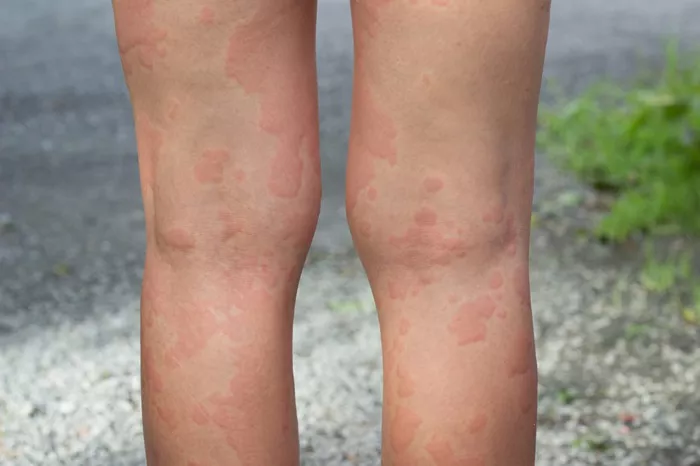Ecuador is confronting a growing public health threat as multiple zoonotic diseases—including yellow fever, rabies, hantavirus, and highly pathogenic avian influenza A (H5N1)—continue to challenge the country’s healthcare system and broader economy.
According to official data, confirmed cases of yellow fever in South America have tripled in 2025 compared to the same period in 2024. In Ecuador alone, four fatal yellow fever cases have been reported as of early May. One death occurred in Morona-Santiago Province, while three others were reported in Zamora-Chinchipe Province, both located in the Amazon region east of the Andes Mountains.
In response to the escalating situation, Ecuador’s Ministry of Public Health, with support from the Pan American Health Organization (PAHO) and the World Health Organization (WHO), announced on June 2 that it is working to prioritize the most pressing zoonotic and emerging infectious diseases. The goal is to develop a national list to guide disease surveillance, prevention, and control strategies across the country.
U.S. CDC Issues Travel Advisory for Ecuador
Given the ongoing outbreaks, the U.S. Centers for Disease Control and Prevention (CDC) has included Ecuador in its travel health notices and issued updated vaccine guidance for international travelers.
The CDC recommends yellow fever vaccination for travelers aged 9 months or older visiting areas below 7,550 feet (approximately 2,300 meters) in elevation and located east of the Andes. This includes the provinces of Morona-Santiago, Napo, Orellana, Pastaza, Sucumbíos, Tungurahua, and Zamora-Chinchipe.
However, as of June 3, 2025, yellow fever vaccination (YF-Vax) is generally not recommended for travel to areas in Ecuador that lie above 7,550 feet in elevation due to the lower risk of transmission.
Travelers arriving from countries where yellow fever is endemic—such as Brazil, the Democratic Republic of the Congo, and Uganda—are usually required to present proof of vaccination. This includes passengers who transit or have layovers in those countries for more than 12 hours. However, travelers arriving directly from the United States are not required to show proof of yellow fever vaccination.
A Broader Public Health Concern
Ecuador’s diverse geography and tropical climate make it particularly vulnerable to mosquito-borne and zoonotic diseases. The country’s territory includes mainland regions as well as the Galápagos Province, located about 600 miles west of the South American mainland in the Pacific Ocean.
As Ecuador works to strengthen its disease monitoring systems, the government is also urging the public and international travelers to stay informed and take preventive health measures. Yellow fever vaccination and other recommended travel immunizations are widely available in clinics and pharmacies across the United States.
Related Topics



































